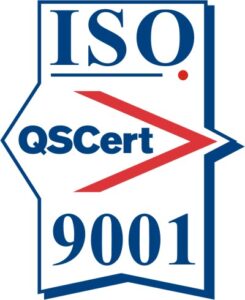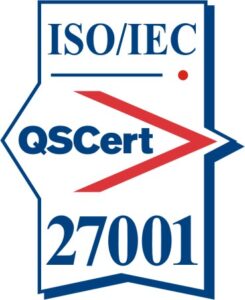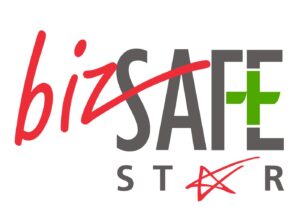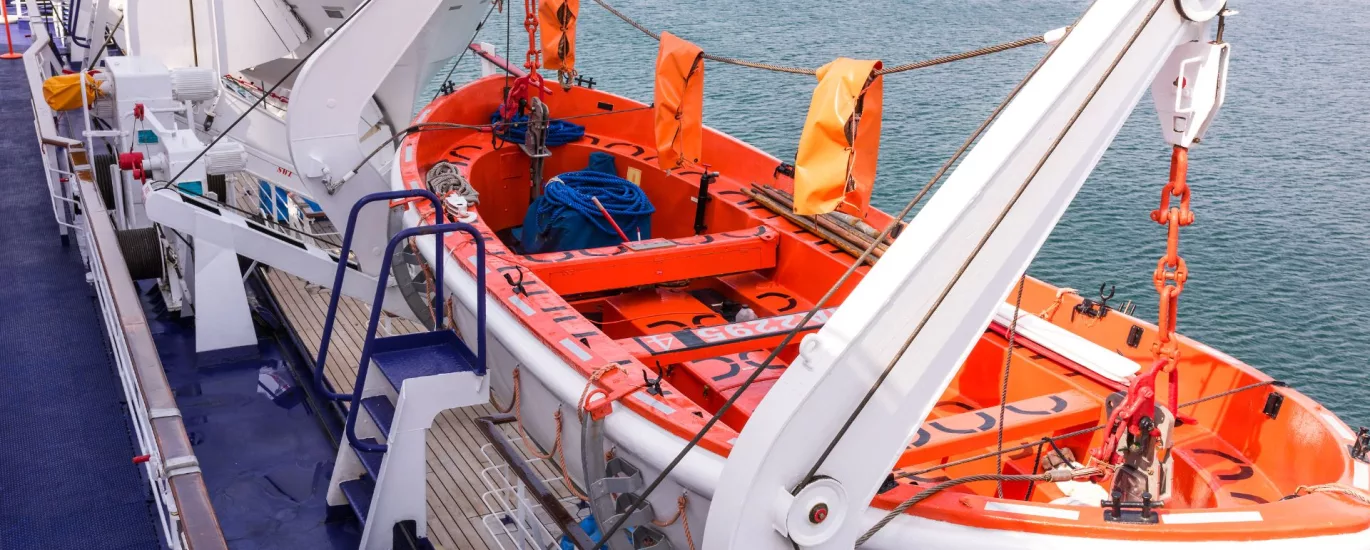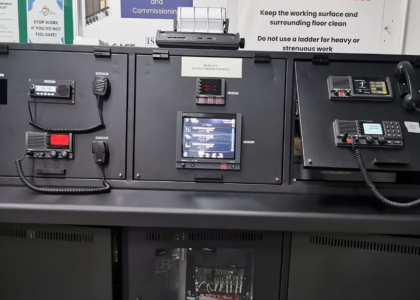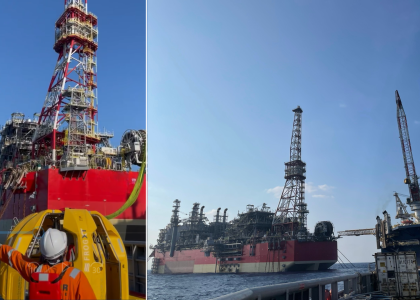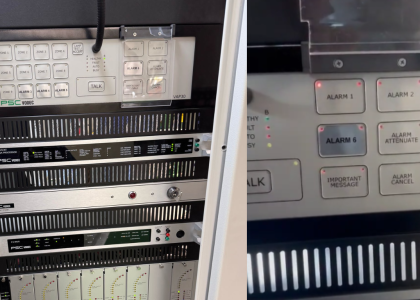Communication tools aboard lifeboats are a vital component of maritime safety.
When disaster strikes at sea, communication can mean the difference between life and death. Lifeboats, designed for emergency situations, are equipped with an array of communication tools to keep occupants connected with the outside world.
Types of Communication Equipment
VHF Radios (Very High-Frequency Radios)
VHF radios are the primary communication tool on lifeboats. These radios operate in the VHF marine band and are used for ship-to-ship and ship-to-shore communication.
Lifeboat crews can use them to call for assistance, relay distress signals, and maintain contact with nearby vessels or the coast guard. They have a relatively short range but are reliable in coastal and near-shore regions.
Photo Feature: A member of Team Vivo testing a Jotron TR-910 Multipurpose VHF Airband Radio.
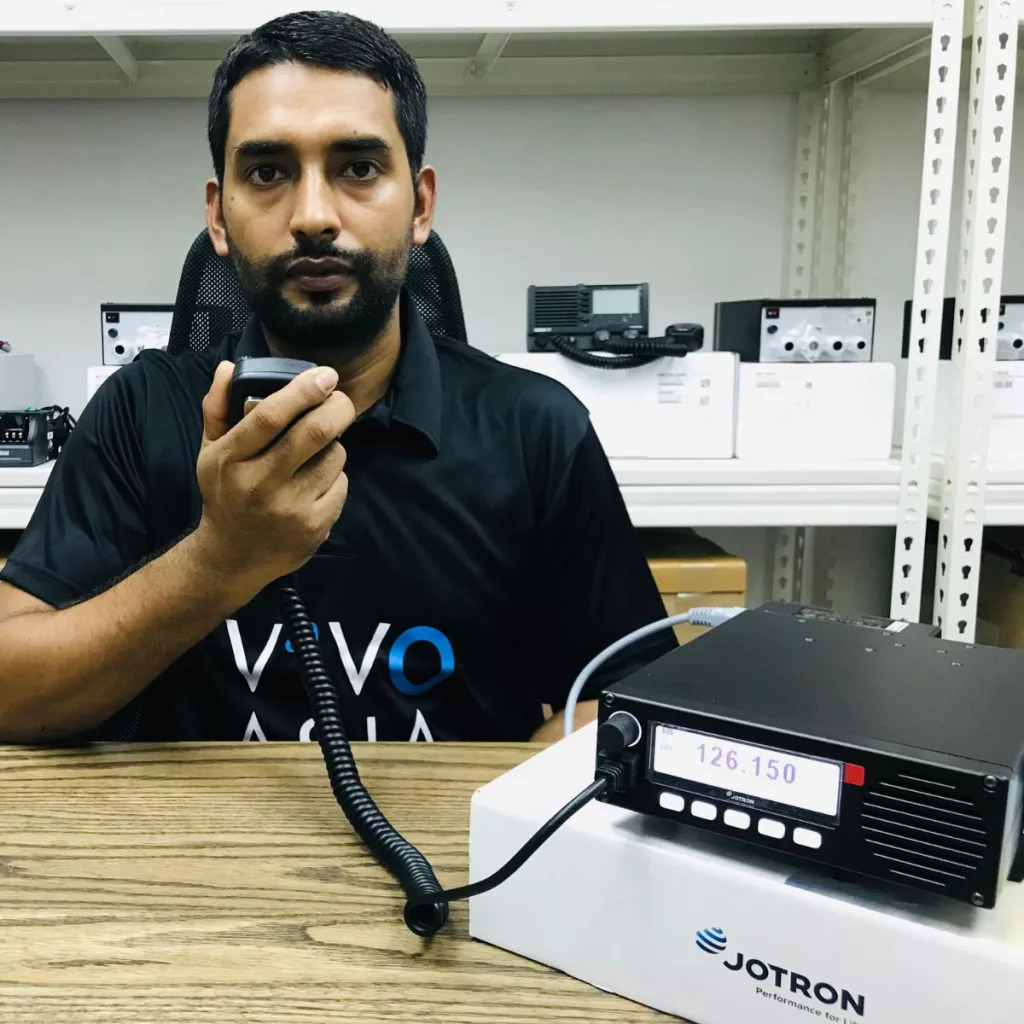
EPIRBs (Emergency Position Indicating Radio Beacons)
EPIRBs are crucial distress beacons that automatically transmit a distress signal when the lifeboat is submerged in water. These signals are picked up by satellites, which relay the information to search and rescue authorities.
EPIRBs help rescuers pinpoint the exact location of the lifeboat, making it easier to conduct a timely and accurate rescue.
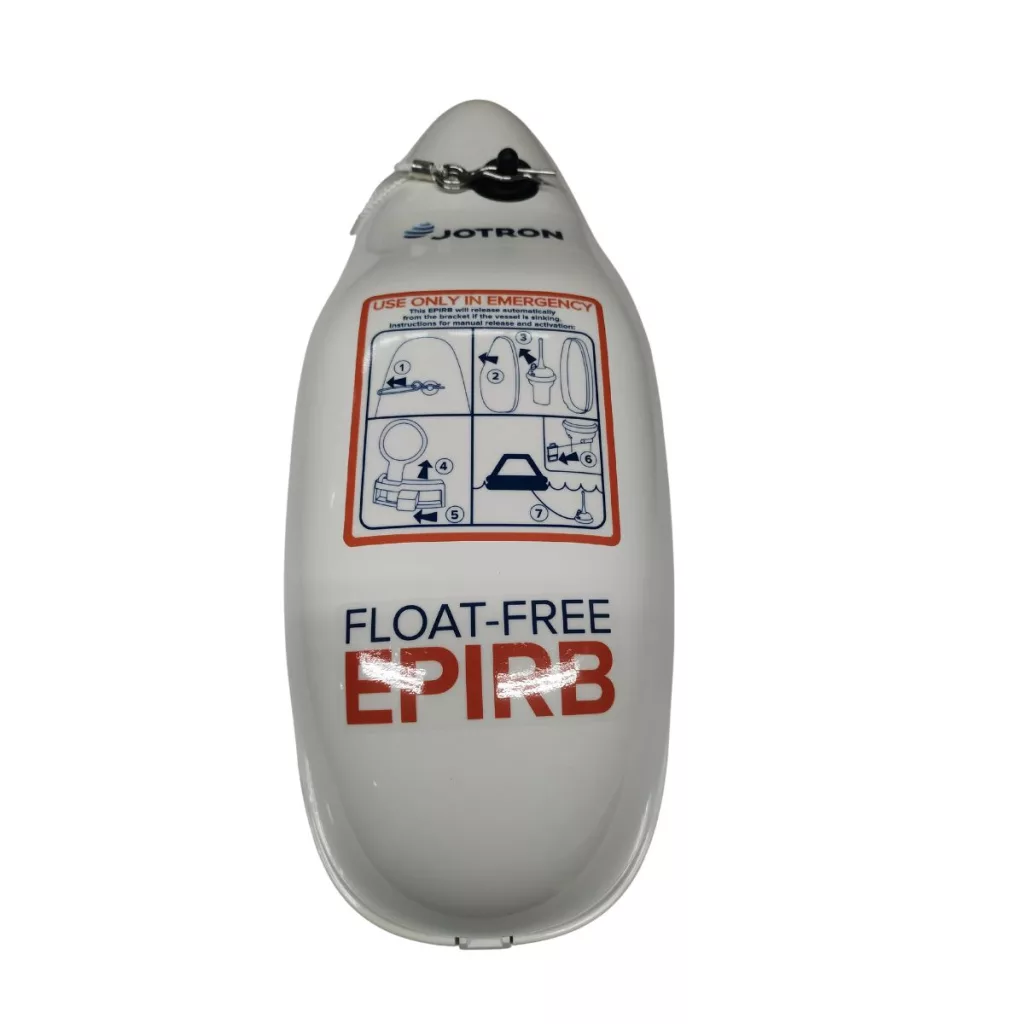
SARTs (Search and Rescue Transponders)
A Search and Rescue Transponder (SART) is a self contained, waterproof radar transponder intended for emergency use at sea.
The radar-SART is used to locate a survival craft or distressed vessel by creating a series of dots on a rescuing ship’s radar display.
A SART will only respond to a 9 GHz X-band (3 cm wavelength) radar. It will not be seen on S-band (10 cm) or other radar. GMDSS include one or more SART.
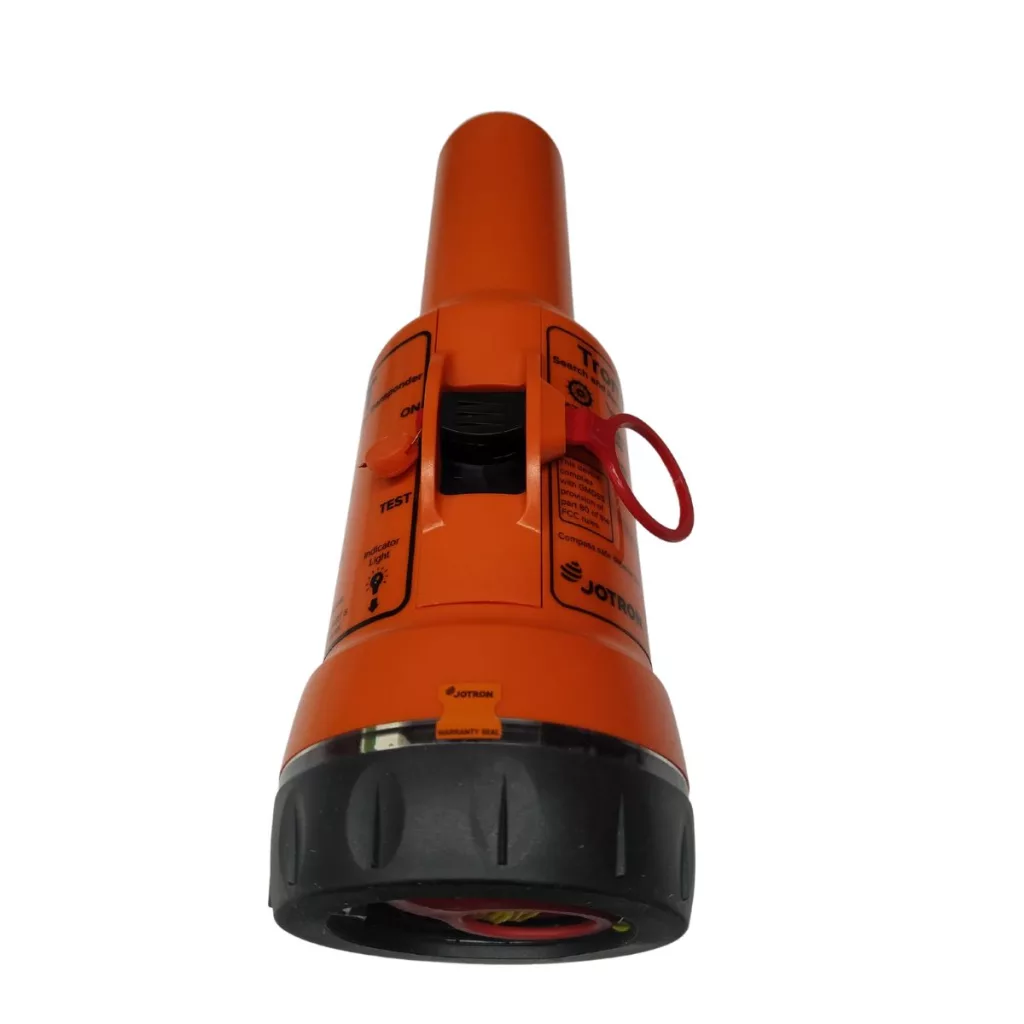
Satellite Phones
In areas with limited VHF radio coverage, or when communication with shore-based authorities is essential, lifeboats may be equipped with satellite phones.
These phones can establish a connection even in remote parts of the ocean.
Photo Feature: A member of Team Vivo with a Iridium 9555 satellite phone.

Handheld GPS Devices
Global Positioning System (GPS) devices provide accurate and real-time information about the lifeboat’s location. This information is essential for navigation and for sharing precise coordinates with search and rescue teams.
Other emergency signaling devices include signal mirrors, handheld flares, and smoke signals. These tools are invaluable for attracting the attention of passing ships or aircraft.
Photo Feature: Garmin GPSMAP 86i Handheld Marine GPS
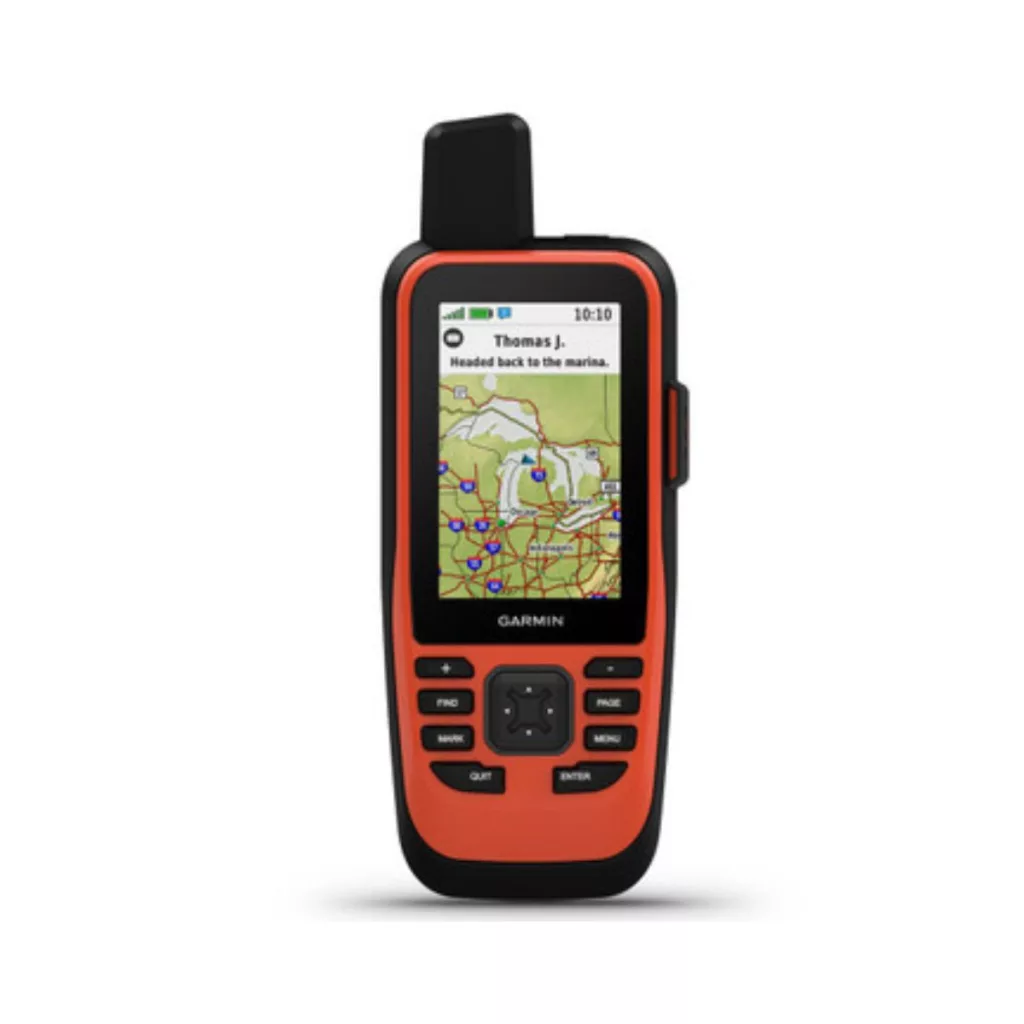
AIS (Automatic Identification System)
Some lifeboats are equipped with AIS transceivers, which allow them to automatically transmit and receive information about their identity, position, course, and speed to nearby vessels. This aids in collision avoidance and helps other ships become aware of the lifeboat’s situation.
SOLAS requires AIS to be fitted aboard international voyaging ships with gross tonnage (GT) of 300 or more tons, and all passenger ships regardless of size.
Photo Feature: Tron AIS TR-8000 Class A complete with GPS antenna
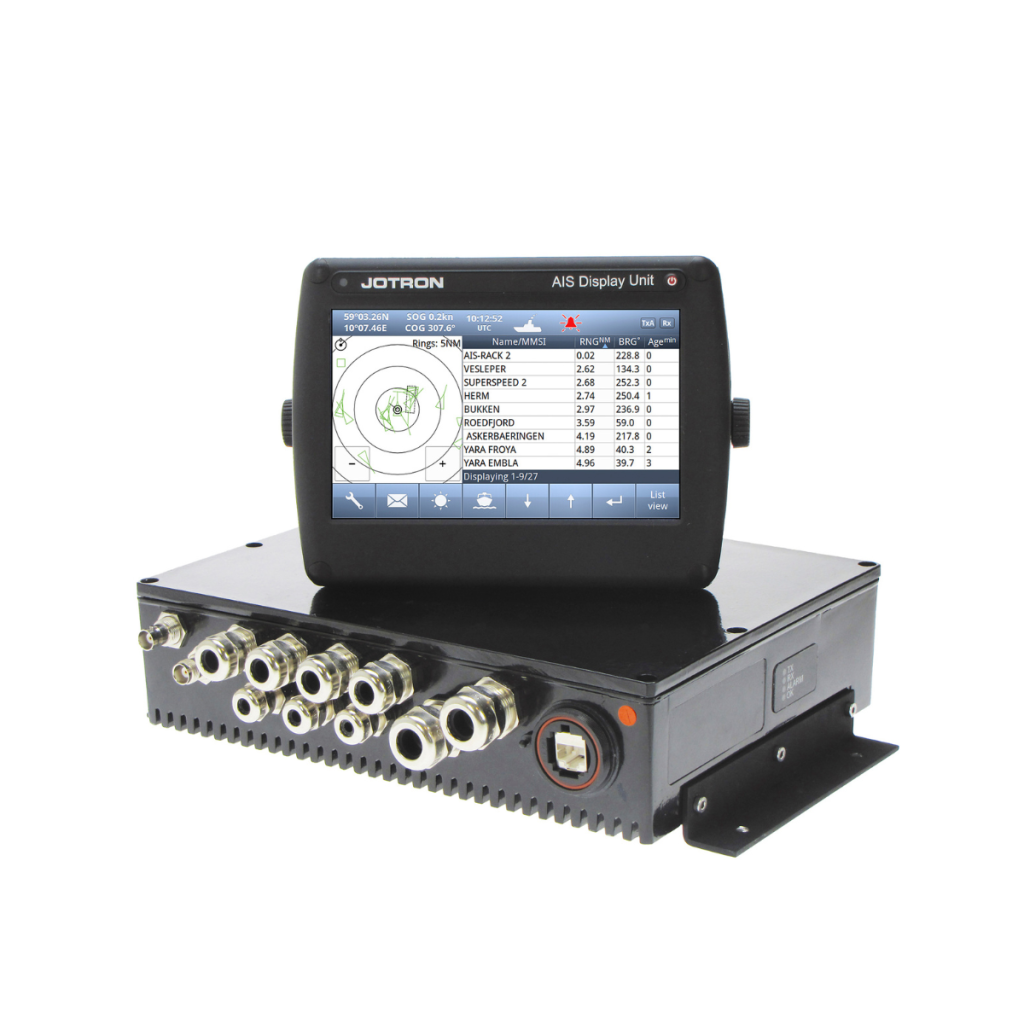
Public Address Systems
Lifeboats often feature public address systems that allow for clear and effective communication within the boat. These systems can be used to convey important instructions and keep occupants informed.
Portable Chargers and Backup Power
To ensure that communication devices remain operational, lifeboats are equipped with portable chargers and backup power sources, such as batteries or generators.
Conclusion
In emergency situations, the efficient use of these tools, along with proper training, can make the difference between a successful rescue and a tragic outcome.
Vivo Asia is well versed in industry requirements and supplying the right equipment to ensure safety and effective communication aboard lifeboats and other maritime vessels. Contact us today!



